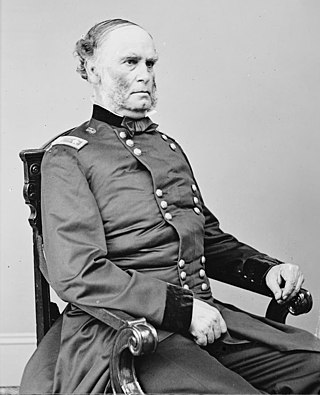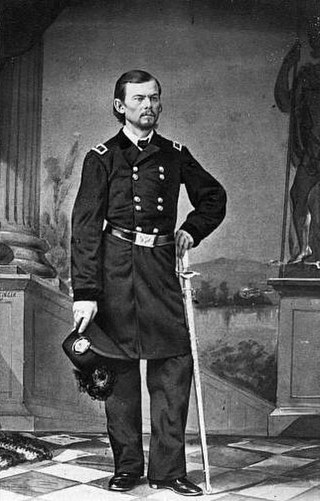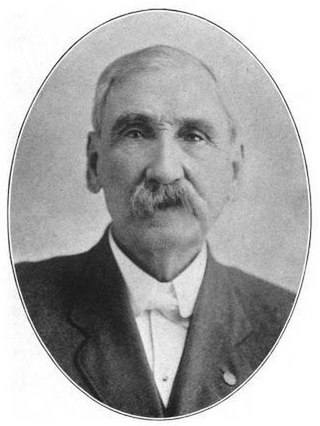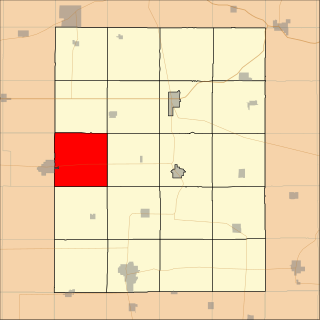
Fayette County is a county located in the U.S. state of Iowa. As of the 2020 census, the population was 19,509. The county seat is West Union.

Bremer County is a county in the northeastern part of the U.S. state of Iowa. As of the 2020 Census, the population was 24,988. Its county seat is Waverly. The county was named for Fredrika Bremer, a Swedish feminist writer.

Woodstock is a town and the county seat of Shenandoah County, Virginia, United States. It has a population of 5,212 according to the 2017 census. Woodstock comprises 3.2 square miles of incorporated area of the town, and is located along the "Seven Bends" of the North Fork of the Shenandoah River. While some tourism references list Woodstock as the fourth oldest town in Virginia, the area was sparsely settled and perhaps platted in 1752 or shortly thereafter, but the town was actually established by charter in 1761. While there are a number of Virginia towns closer to the eastern seaboard that claim earlier founding dates, Woodstock was one of the first towns west of the Blue Ridge Mountains.

Samuel Ryan Curtis was an American military officer and one of the first Republicans elected to Congress. He was most famous for his role as a Union Army general in the Trans-Mississippi Theater of the American Civil War, especially for his victories at the Battles of Pea Ridge in 1862 and Westport in 1864.

The Battle of Wilson's Creek, also known as the Battle of Oak Hills, was the first major battle of the Trans-Mississippi Theater of the American Civil War. It was fought on August 10, 1861, near Springfield, Missouri.

Franz Sigel was a German American military officer, revolutionary and immigrant to the United States who was a teacher, newspaperman, politician, and served as a Union major general in the American Civil War. His ability to recruit German-speaking immigrants to the Union armies received the approval of President Abraham Lincoln, but he was strongly disliked by General-in-Chief Henry Halleck.

William Vincent Lucas was a United States politician, within the Republican party. He served as the State Auditor of Iowa; and later a member of the United States House of Representatives from South Dakota.
St. John's United Church of Christ is a church in Douglas Township in Bremer County, Iowa. Founded in 1874 by German settlers in the area of the now-defunct town of Siegel. The church has been in continuous operation and remains active, although the membership has declined from its high in the 1920s.

William Milo Stone was the sixth Governor of Iowa (1864–68).
Gifford is an unincorporated community in southeastern Hardin County, Iowa, United States.

Banks Township is one of twenty townships in Fayette County, Iowa, United States. As of the 2010 census, its population was 326.

The 1992 United States presidential election in Iowa took place on November 3, 1992, as part of the 1992 United States presidential election. Voters chose seven representatives, or electors to the Electoral College, who voted for president and vice president.

Sigel is an unincorporated community in Jefferson County, Pennsylvania, United States. The community is located at the intersection of Pennsylvania Route 36 and Pennsylvania Route 949, 8 miles (13 km) north of Brookville. Sigel has a post office with ZIP code 15860, which opened on May 26, 1862.

Henry J. Menninger was a German-American physician, pharmacist, politician, newspaper editor, and merchant. During the American Civil War, he served in the Union Army as a surgeon. He was the North Carolina Secretary of State from 1868 to 1873 and was a city official and prominent pharmacist in Brooklyn, New York in the 1880s.
Vista was an unincorporated community in Buchanan County, Iowa, United States. It was located at the junction of local roads Freeman Avenue and 260th Street.
Bremer is an unincorporated community in Warren Township in Bremer County, Iowa, United States.
Wapsie is an unincorporated community in Franklin Township in Bremer County, Iowa, United States.
Horton is an unincorporated community in Polk Township in Bremer County, Iowa, United States.














